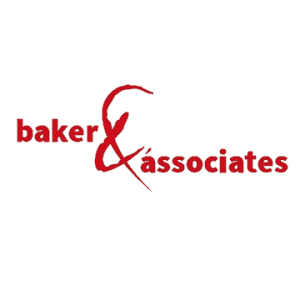
The first step towards a new mortgage loan is to focus on obtaining small, manageable lines of unsecured credit. This generally means waiting on the big loan you want now and starting small to rebuild a consistent credit profile. To get started follow these steps:
- Look for a low interest rate line of credit, which often comes with a reduced spending limit. Your goal is establishing a new history of responsible borrowing, not making small purchases for convenience.
- Keep your new credit line balance below 50 percent of the available limit.
- Pay off the card each month or two and repeat.
- Keep up this pattern for at least six months, and remember to be patient.
- Keep all of your paperwork to have a paper trail of your progress.
Once you have established a new credit profile, write up a letter of financial hardship explaining your prior trouble with debt. If you experienced the death of a primary provider, medical illness or job loss, keep those records to help demonstrate your unforeseen problems with prior debt. You can also request letters of verification from your recent creditors, documenting your responsible borrowing history in order to help your future mortgage lender obtain an understanding of your potential as a borrower.
If you are rebuilding after a Chapter 7 or Chapter 13 bankruptcy, you will probably be eligible to apply for a FHA insured loan. The FHA’s loan requirements are very lenient. They do not have maximum debt to income ratios for loan qualification. Instead, they examine your credit history and current debt levels to determine whether or not you are a good credit risk. The only reason you would not be eligible for a FHA loan is if you have enough outstanding debts to be considered a “financial hardship”. The FHA can approve you for a loan even if you are delinquent on credit card payments, as long as you are making regular, on-time payments.
FHA loans are not as popular as they once were, with lenders preferring conventional loans. However, they do offer lower interest rates and much more flexible loan requirements than conventional loans. If you are building your credit after a foreclosure, your best option is a Federal Housing Administration (FHA) loan. The FHA allows you to qualify for a mortgage loan with as little as a 640 credit score. They also allow you to include your foreclosure past-due payments on your debt to income ratio. This means that you can pay for your mortgage and your mortgage insurance at the same time if you so desire. Lower interest rates are available for FHA loans as well, and you will need to pay mortgage insurance until you have 20 percent equity in your home.
